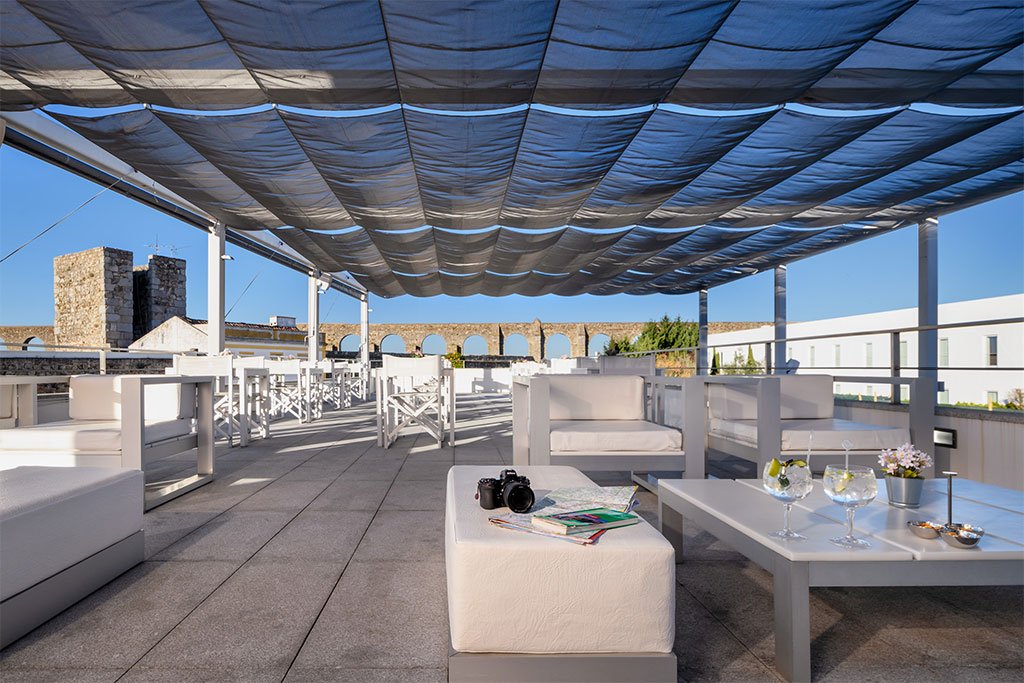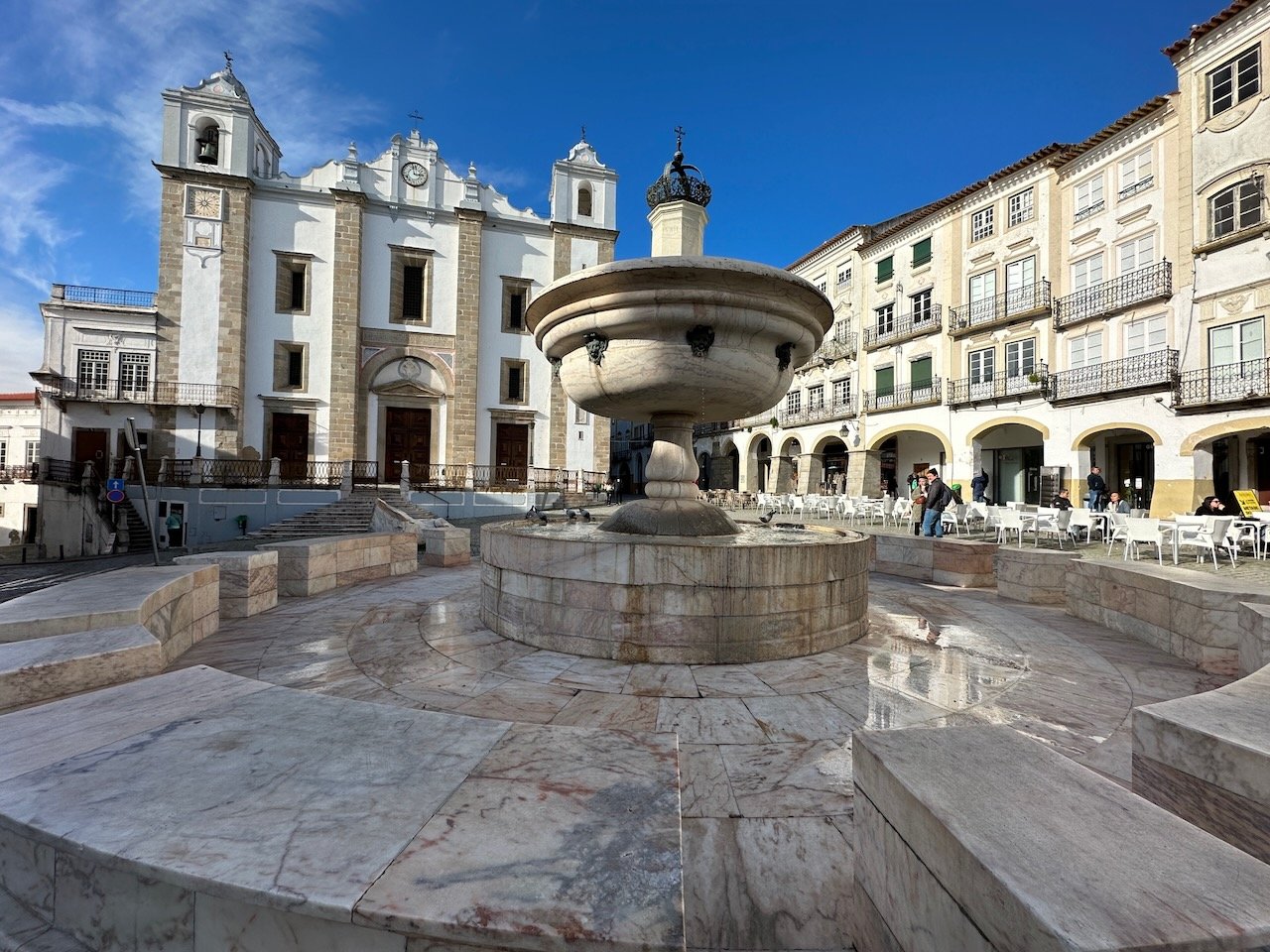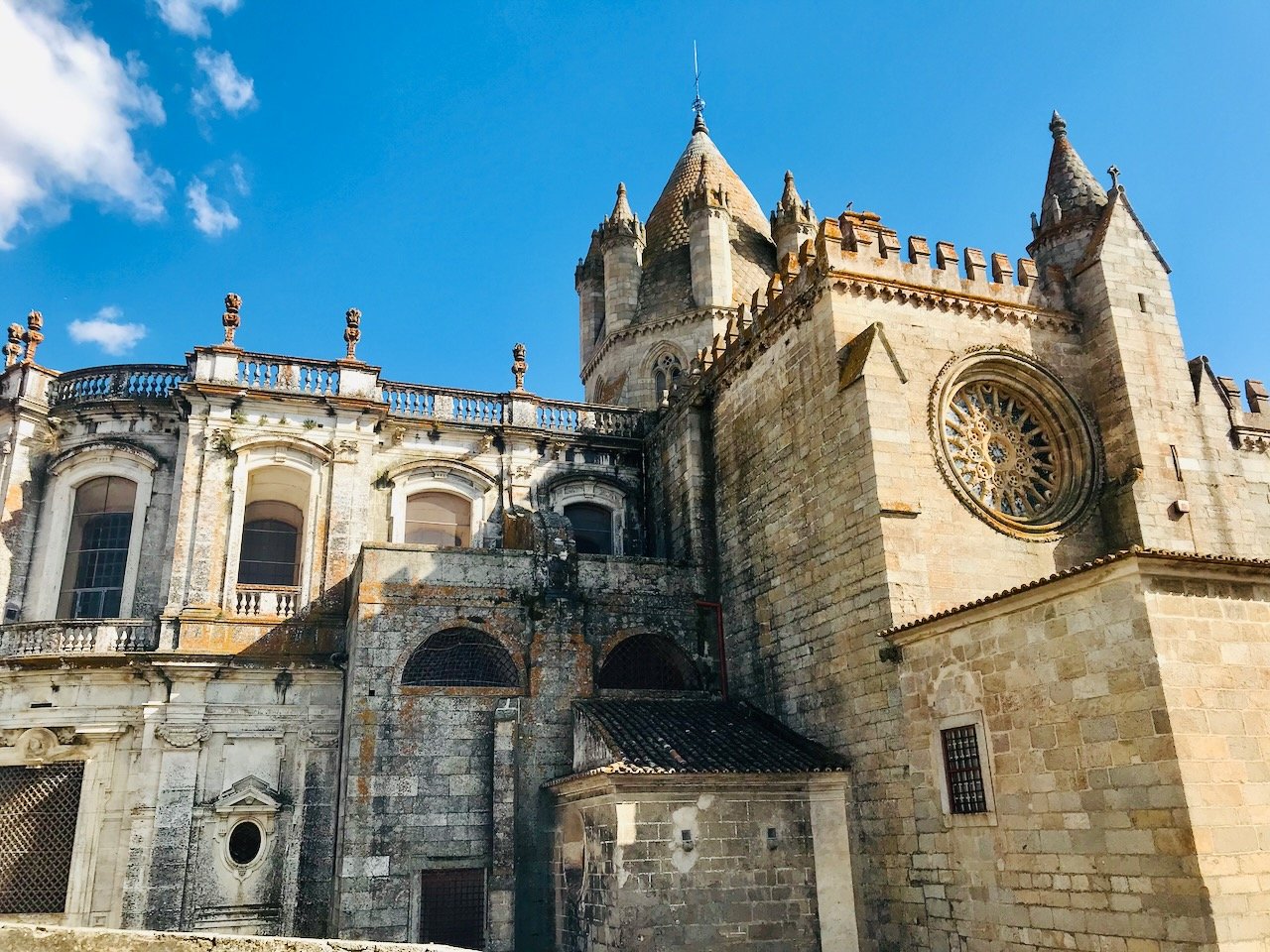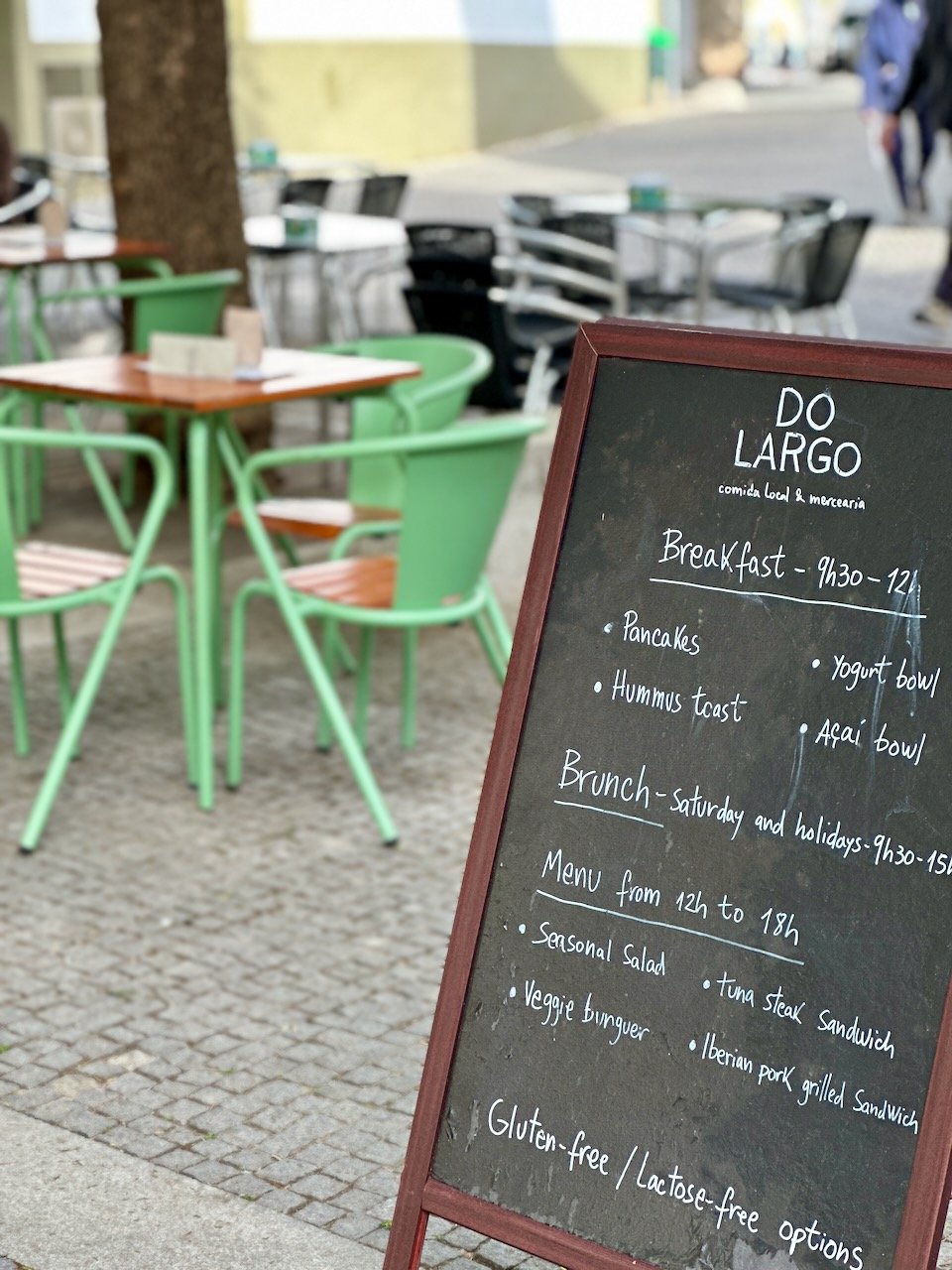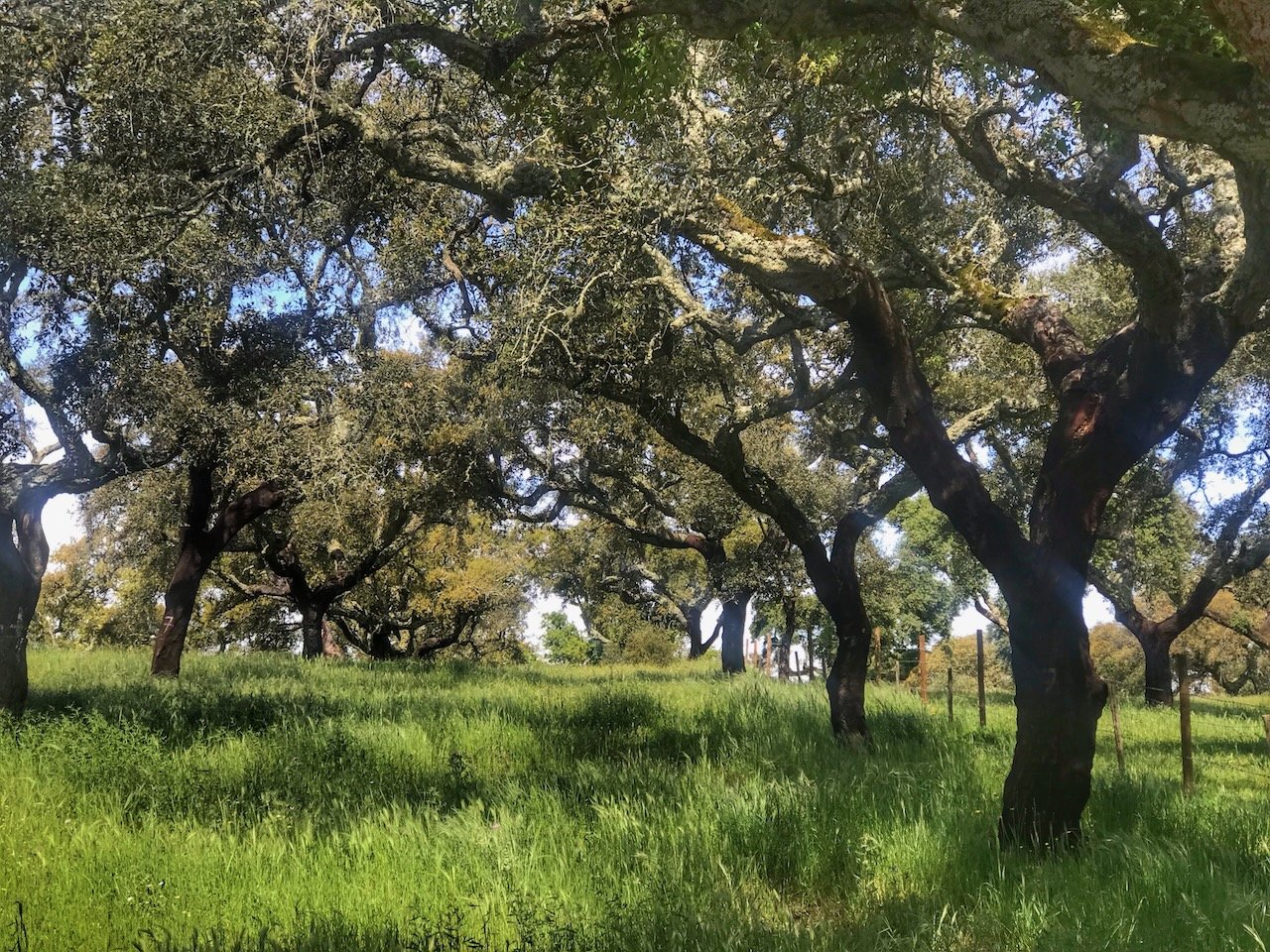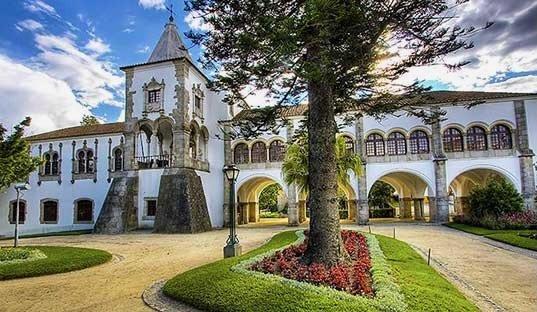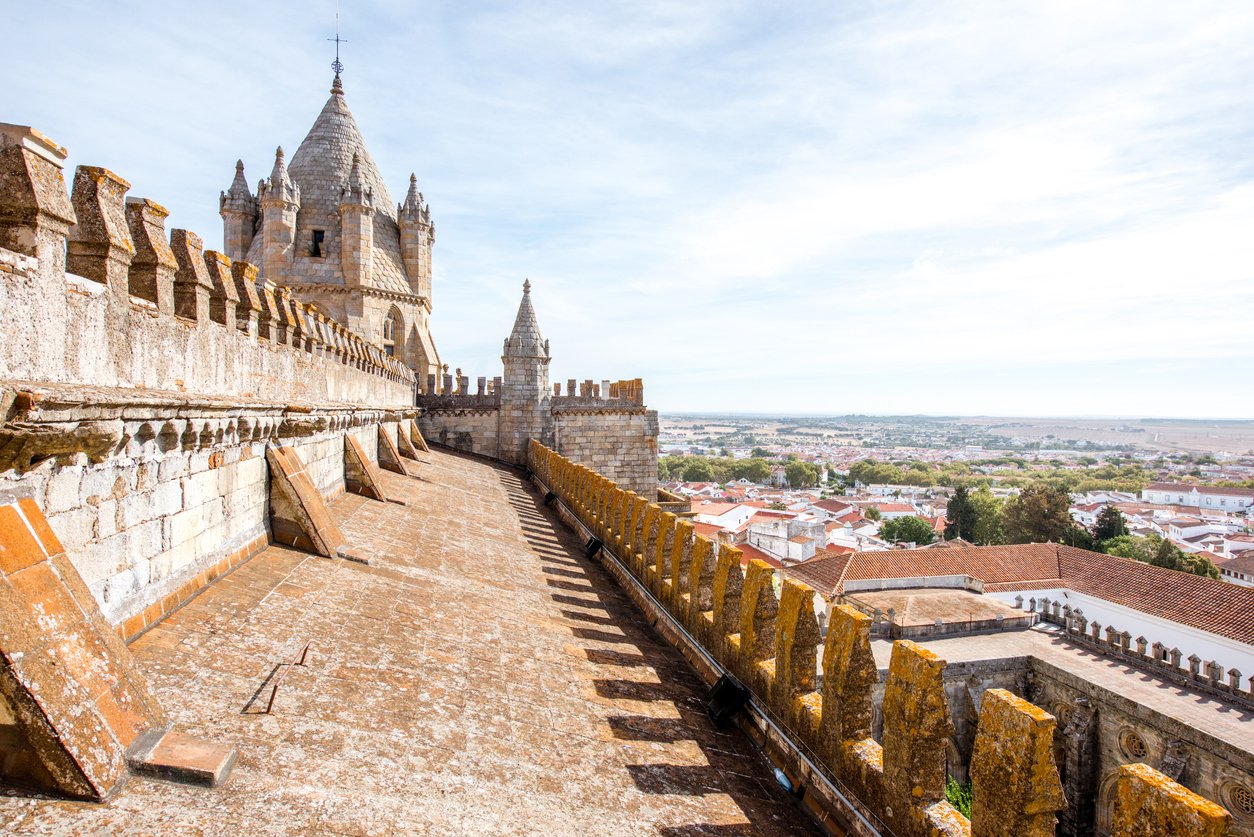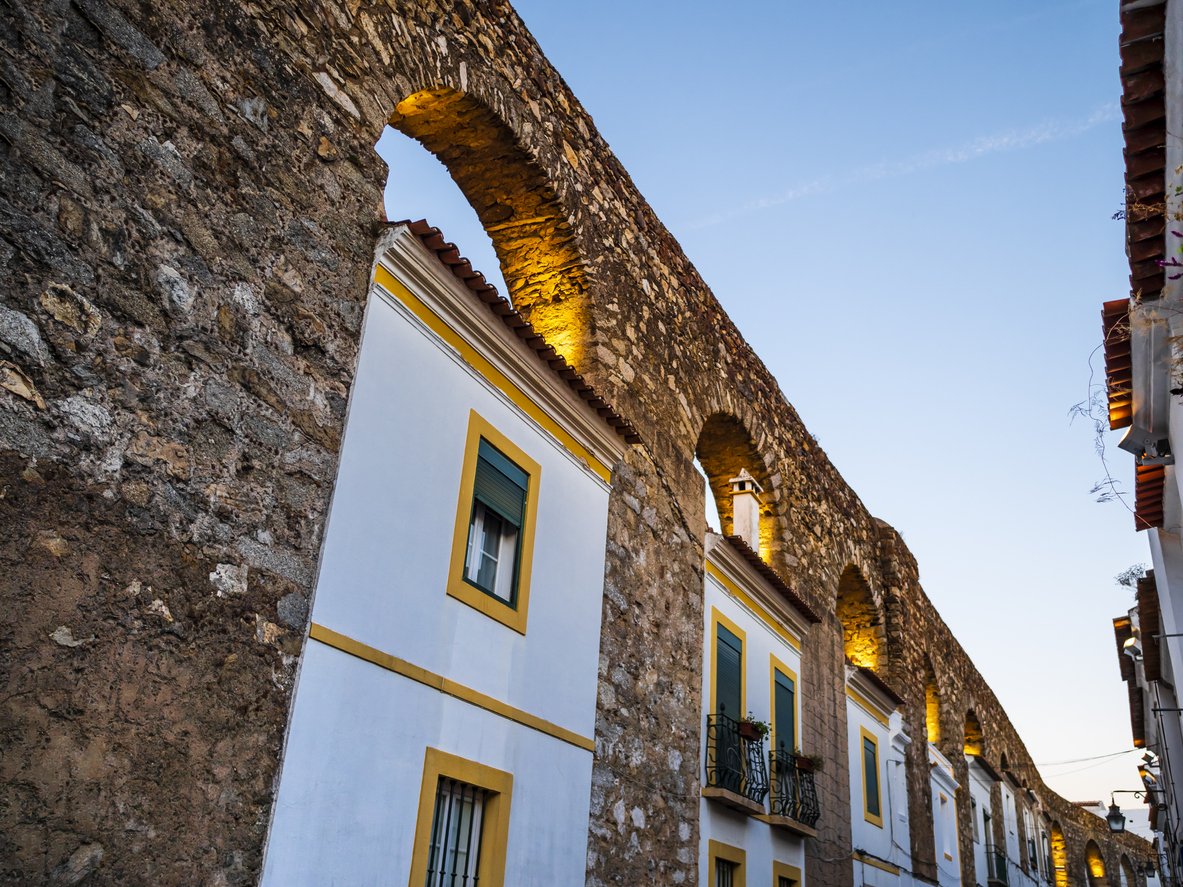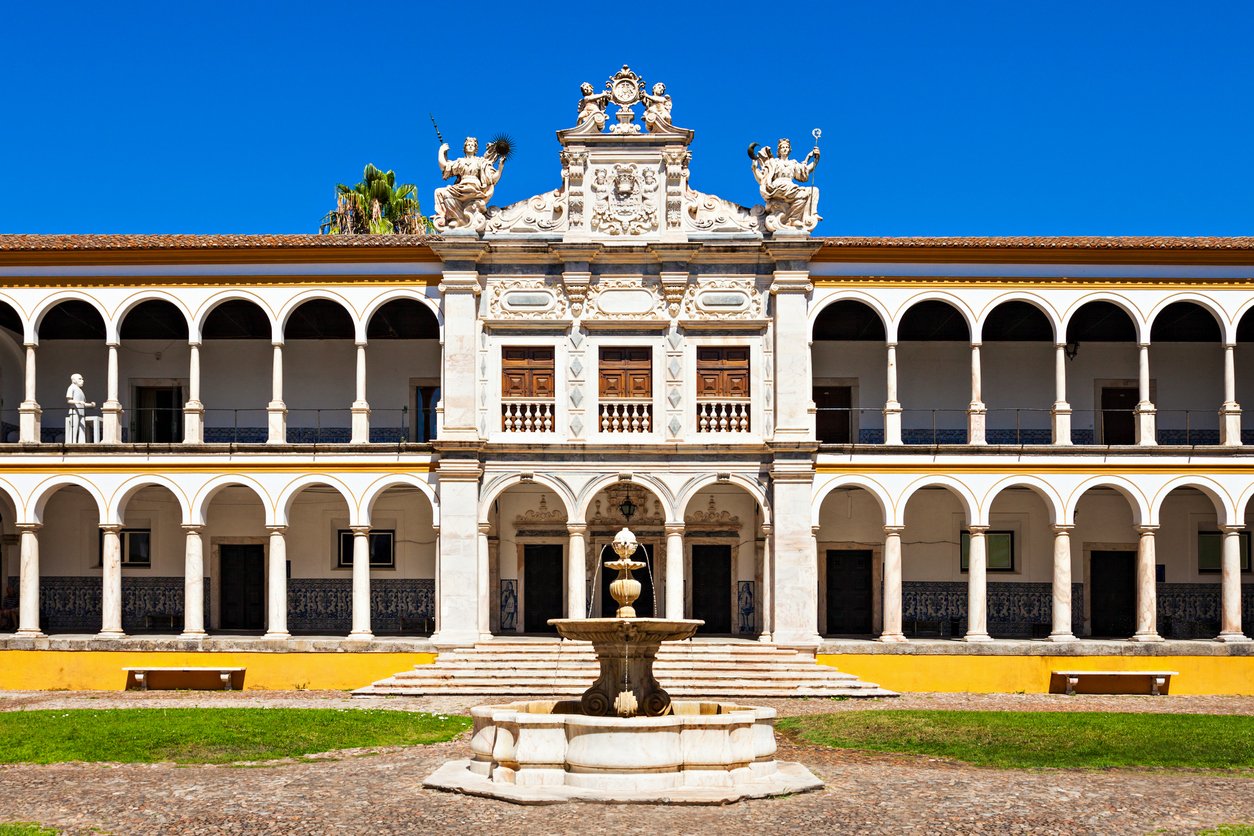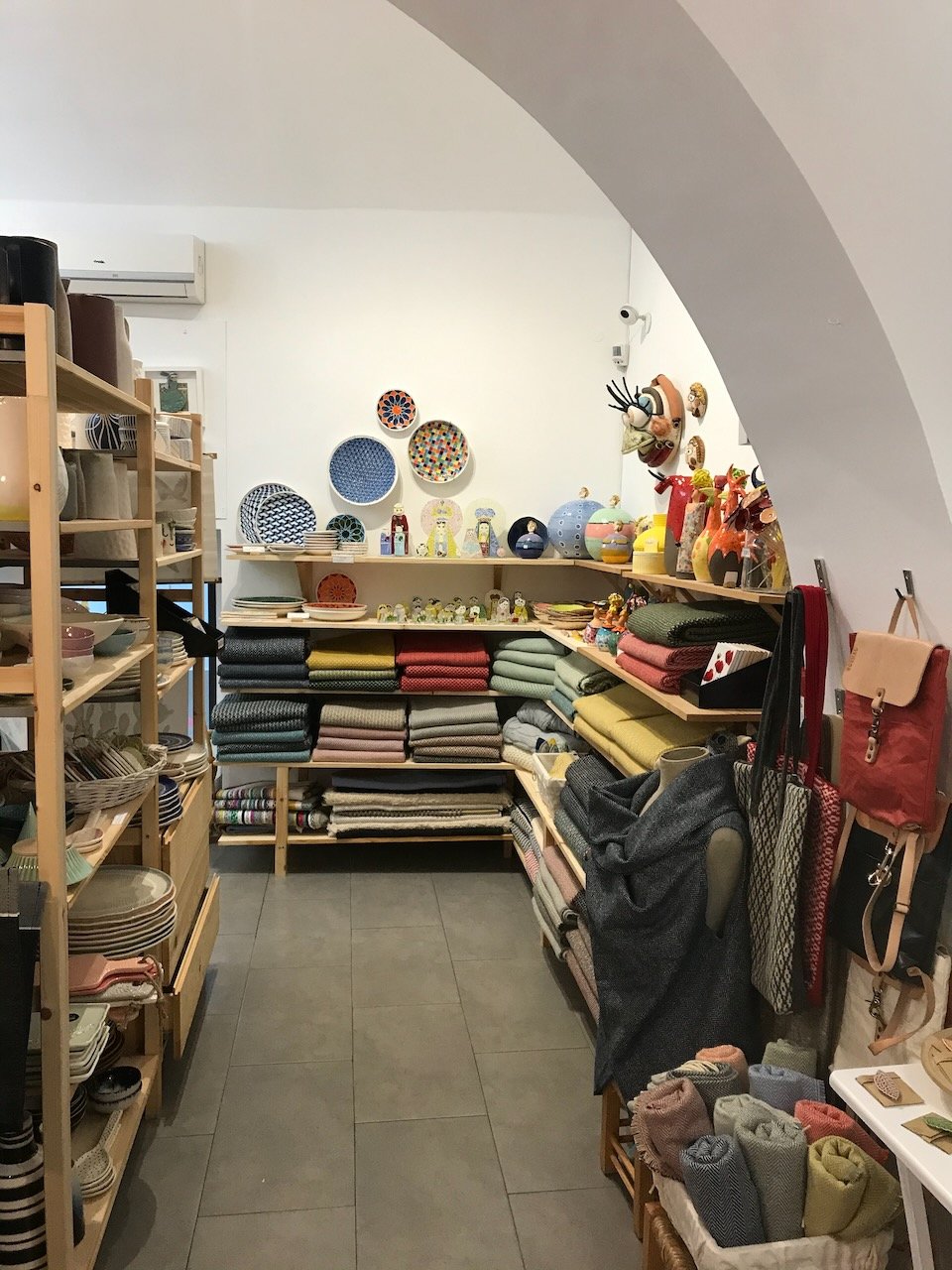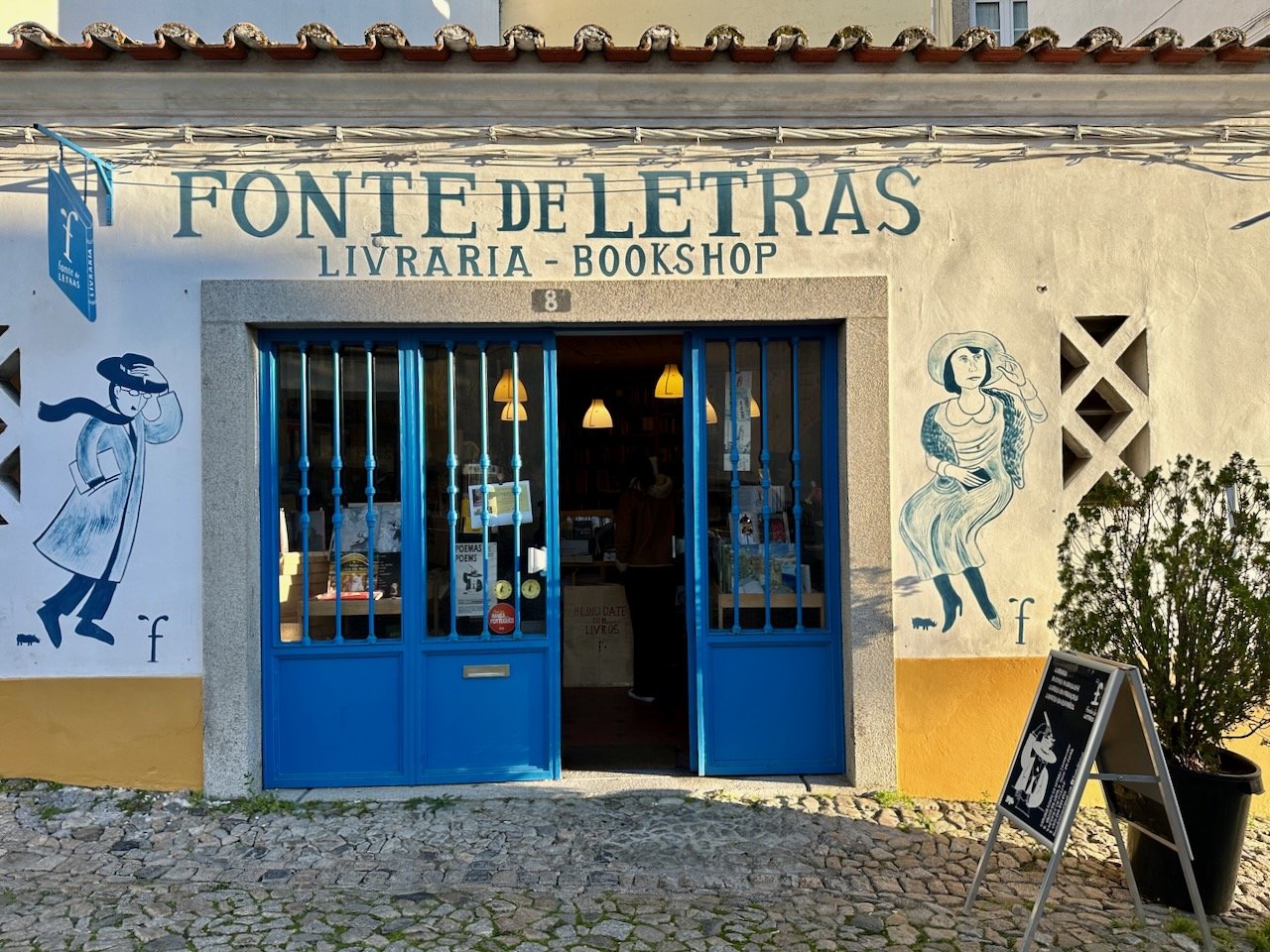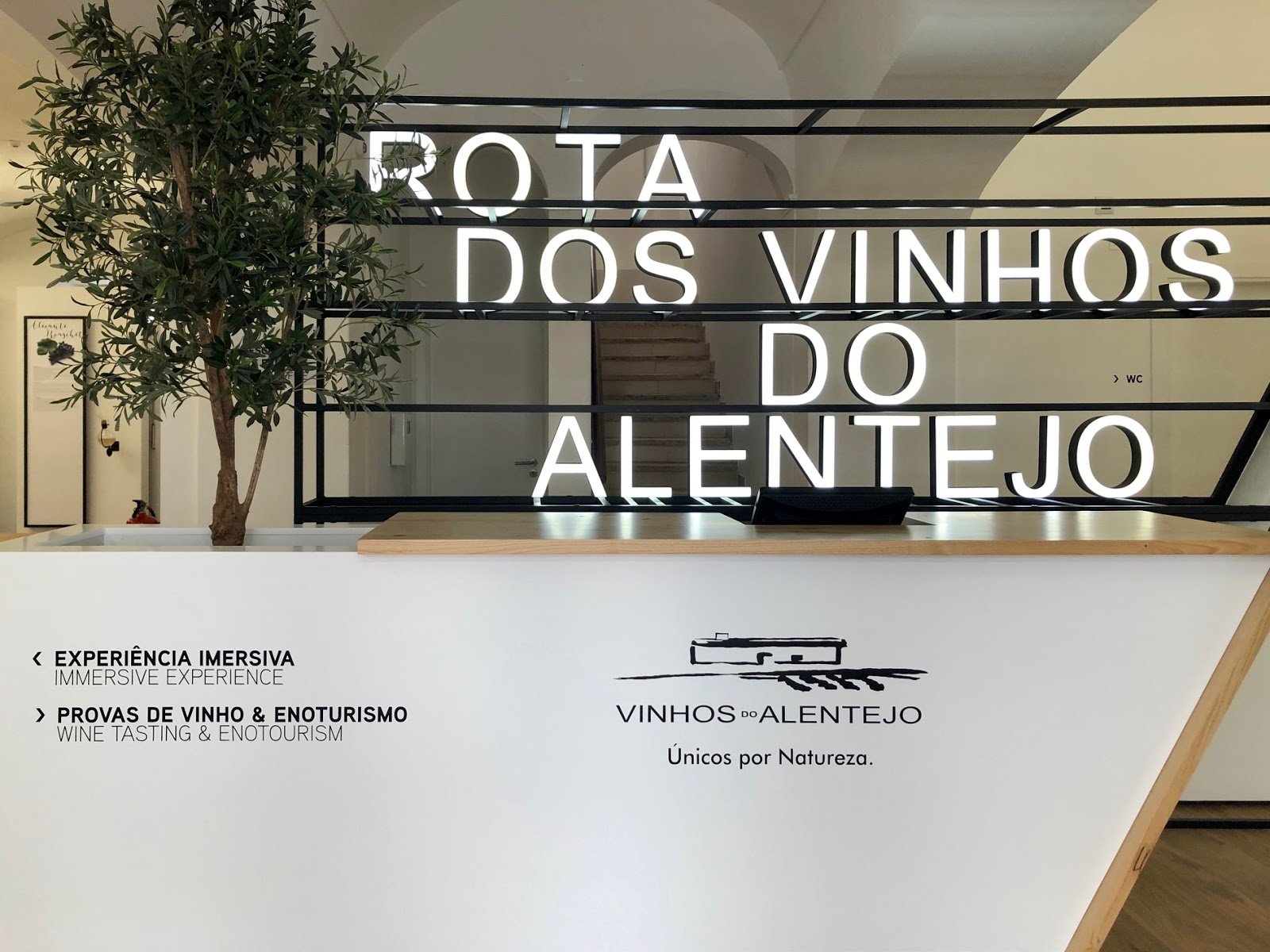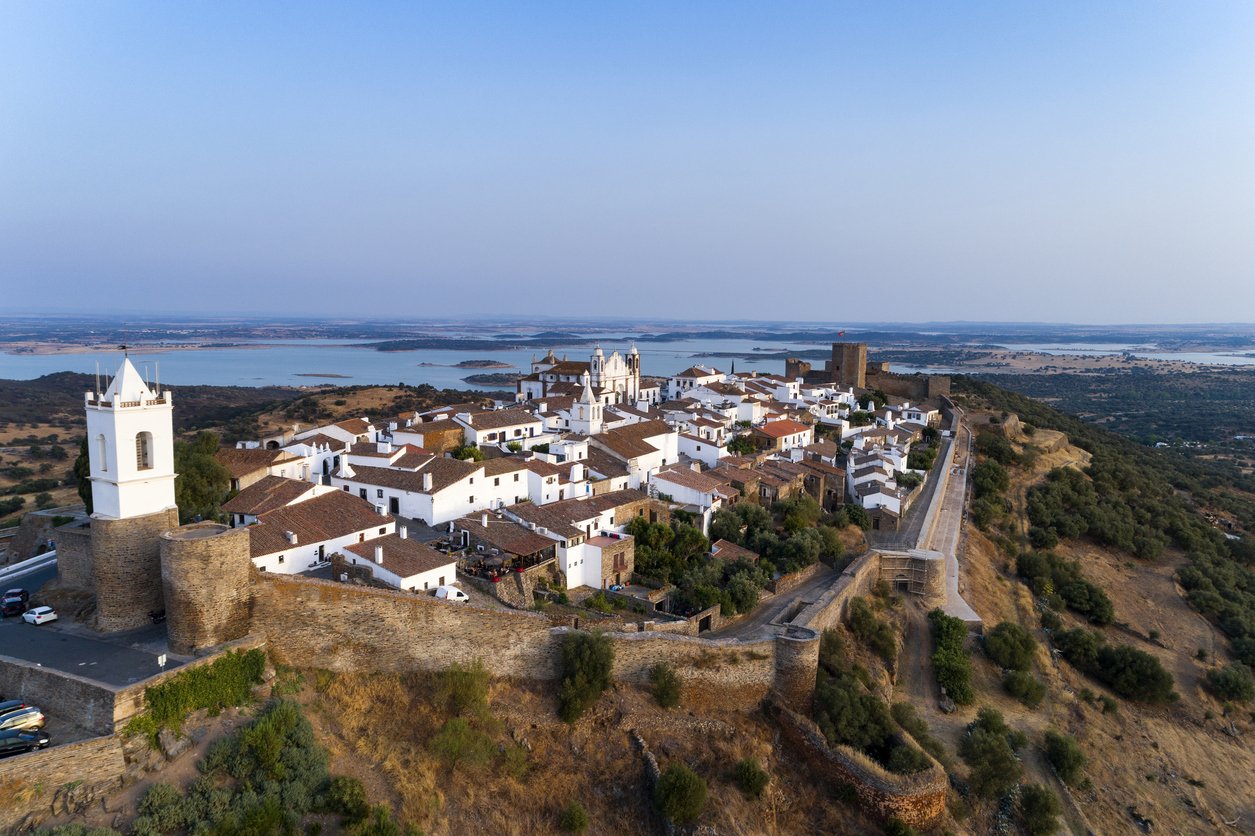We all have our favorite places. Maybe it’s the place we call home or where we grew up. Perhaps it’s a vacation spot we return to often. A place we know inside and out, where to find the best cup of coffee, who to ask for information, and the businesses best avoided.
For me, one of those places is Évora, Portugal, a UNESCO World Heritage city just over an hour’s drive from Lisbon and set to be Europe’s Capital of Culture in 2027. For the past six years, my husband, Hank, and I have called Évora home for extended stays in every season.
Inspired by the “I Heart My City” series on the National Geographic Travel blog, I thought I’d share a few of the things I love most about living in Évora, the capital of the Alentejo region, and some insider tips to help you navigate a visit.
The first place I take a visitor from out of town is the historic city center and the well-preserved Roman Temple Diana. It's a picturesque introduction to Évora's rich history and architectural beauty.
The best place to catch the local vibe is the Praça do Giraldo square. It's the heart of Évora, surrounded by cafes, shops, and the vibrant energy of locals and tourists alike.
Photo ops in Évora are everywhere, but the best vantage point is found at the top of the Évora Cathedral. The panoramic rooftop view of the city and surrounding landscapes is breathtaking.
If it’s Saturday morning, you’ll find me at do Largo enjoying a delicious brunch or the weekly municipal market in Praça 1º de Maio. It's a bustling market where you can experience the local culture, taste fresh produce, and discover handmade crafts.
The most unusual thing about Évora is the Chapel of Bones (Capela dos Ossos) in the Church of St. Francis. It's a macabre yet fascinating attraction, where the walls are adorned with human bones.
To escape the medieval city walls, I walk the Ecopista de Évora, a rails-to-trail conversion of an old railway branch into a pedestrian and cycling route. After the city limits, the trail becomes dirt and takes you out into the beautiful Alentejo countryside.
If I want to relax, I go to the Aqueduto SPA at M'ar de Ar Aqueduto for a rejuvenating experience. The tranquil ambiance and professional treatments make it an ideal place to unwind. If you have a passion for history, Inacquaveritas offers a Roman-style bath experience, with massage, food, and wine add-ons.
For complete quiet, I can hide away at the Biblioteca Pública de Évora. This 200-year-old library is home to a vast collection of ancient manuscripts and books. Located in the same square as the Roman Temple and the Jardim Diana, provides a serene environment away from the hustle and bustle, offering a unique blend of history and tranquility.
When I crave a refreshing treat, I head for Fábrica dos Gelados, known for its smooth and creamy artisanal gelato flavors, including vegan options, friendly service and outdoor cafe tables available to sit and enjoy it.
If you have to order one thing from the menu at Taberna Típica Quarta-feira, it has to be everything as this family-run restaurant works without a menu, which makes the meal always a surprise. They serve the cuisine of the region using only the most authentic Alentejo flavors.
Locals know they can find almost any household item they need at Drogaria Azul - Casa Bacharel. This local store has been a reliable source of various household items for generations.
When I’m feeling cash-strapped, I grab a Bifana from one of the local snack bars. It's a delicious and budget-friendly pork sandwich, a favorite among locals.
When I’m hungry, I go to The Bakery Lounge, a friendly, family-run cafe with fresh, tasty food where tourists and locals eat. Check out their açai and salad bowls, delicious Portuguese pastries, and daily specials.
In Évora, an active day outdoors involves exploring the cork oak forests surrounding the city. The trails offer a chance to connect with nature and appreciate the unique ecosystem of the Alentejo region.
Évora’s best place to shop for items handmade in Portugal is Gente da Minha Terra. This boutique showcases a curated collection of locally crafted goods, from ceramics to textiles. Another favorite for traditional products, creative design, and Portuguese makers is Oxalá.
My favorite place to photograph the golden hour is the Aqueduto da Água de Prata. The soft sunlight casting shadows on the ancient aqueduct creates a magical atmosphere.
For live music, check out Bar do Tunnel. This intimate venue hosts a variety of musical performances, from traditional Fado to contemporary genres.
The best spot for people-watching is Café Arcada, strategically located in Giraldo Square. Grab a seat, order a coffee, and observe the lively flow of people passing by.
For a taste of Alentejo wines, go to Rota dos Vinhos do Alentejo. The tasting room on the main pedestrian street near the Cathedral offers guided tours and tastings, allowing you to savor the rich flavors of the region's renowned wines.
To find out what’s happening at night and on the weekends, ask at the Tourist Information Center in Giraldo Square or check the Câmara Municipal de Évora website, which posts upcoming events and gatherings.
You can tell if someone is not from Évora if they mispronounce the name (ee-VOR-uh) rather than the city's local pronunciation (EV-er-uh).
A must-see near Évora is the Cromeleque dos Almendres, a prehistoric stone circle located a short drive from the city. It's a mystical site surrounded by cork trees, providing a serene and ancient atmosphere.
If you have kids, head for the lovely Jardim Publico, which has a small fish pond, shaded benches, a children’s playground, and free-roaming peacocks.
Don’t miss Évora University, a UNESCO World Heritage site with a rich history and beautiful architecture. Take a guided tour to fully appreciate its significance.
From Évora, you can visit the town of Monsaraz. This charming medieval village, perched on a hill overlooking the Alqueva reservoir, offers stunning views and a glimpse into Portugal's past.
The best way to see Évora is on foot. Wander through the narrow streets, explore hidden corners, and take in the historical charm at a leisurely pace.
If Évora were a pet, it would be a wise and regal cat, gracefully strolling through the streets, observing the comings and goings with a calm demeanor.
The most enduring book about Portugal is "The Book of Disquiet" by Fernando Pessoa. While not specifically about Évora, Pessoa's introspective musings capture the contemplative spirit that resonates with the city. Pick up a copy at the Livraria Fonte de Letras, a charming bookshop in the historic center offering a superbly curated selection of Portuguese and foreign language books.
When I think about Évora, what comes to mind is "Cante Alentejano," a traditional Alentejo singing style often performed in groups. Its melodic tunes reflect the soulful essence of the region.
An Évora secret spot is the rooftop terrace bar at the M'AR De AR Aqueduto hotel. It offers an elevated view of the aqueduct and is a perfect spot to enjoy a quiet moment, drinks with friends, or a romantic evening.
The question on everybody’s lips when we tell them about living in Évora is, "What made you choose Évora?" The unique blend of history, culture, and the warm community atmosphere that initially drew us in makes it a place that keeps bringing us back.
*This article was written in November 2023, during a three-month stay in Évora, as part of our continued I Could Live Here journey. This is our fourth extended stay in a comfortable, 1-bedroom serviced apartment at Casa Morgado Esporão.
If you enjoyed this or learned something, share the post with others and follow me, Ellen Barone, for more in the future!
Photo credits: ellenbarone, @ssantos_1957, RossHelen, Photogilio, Tiago_Fernandez


